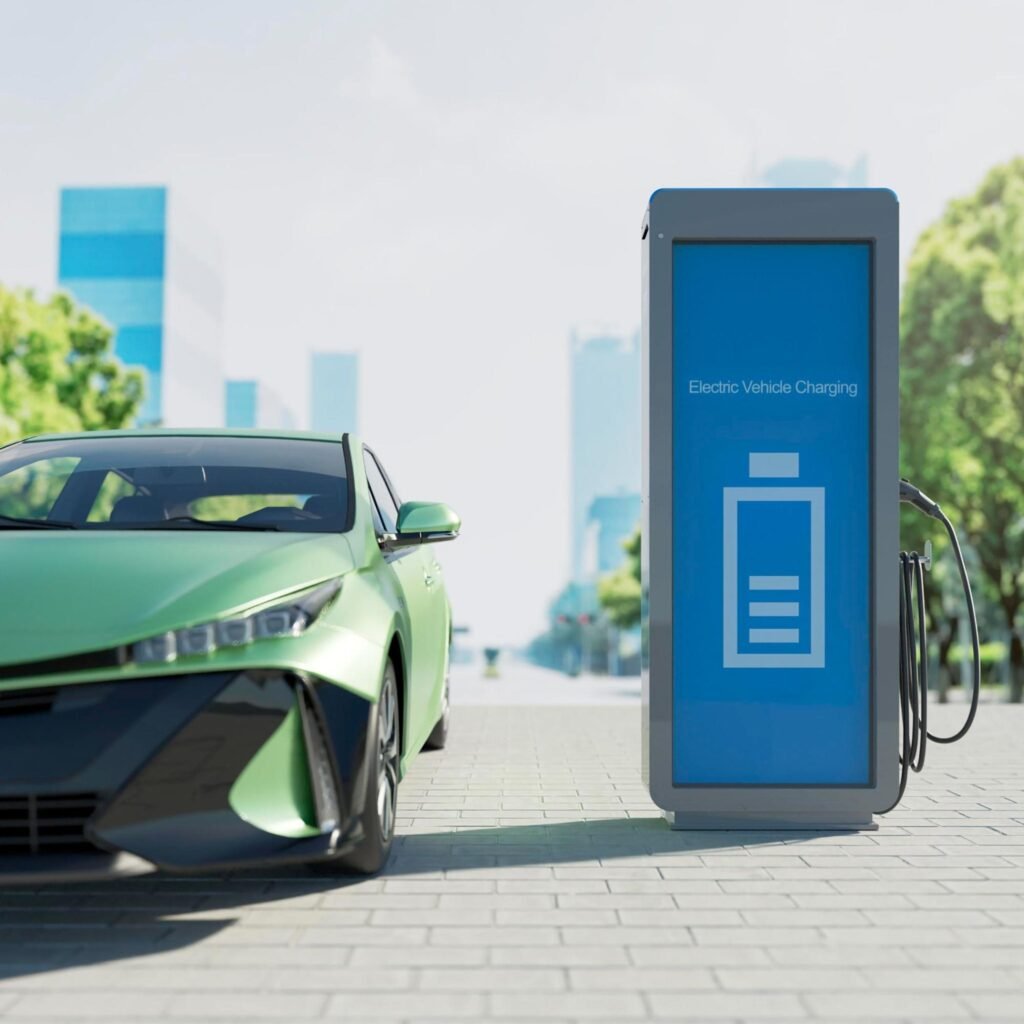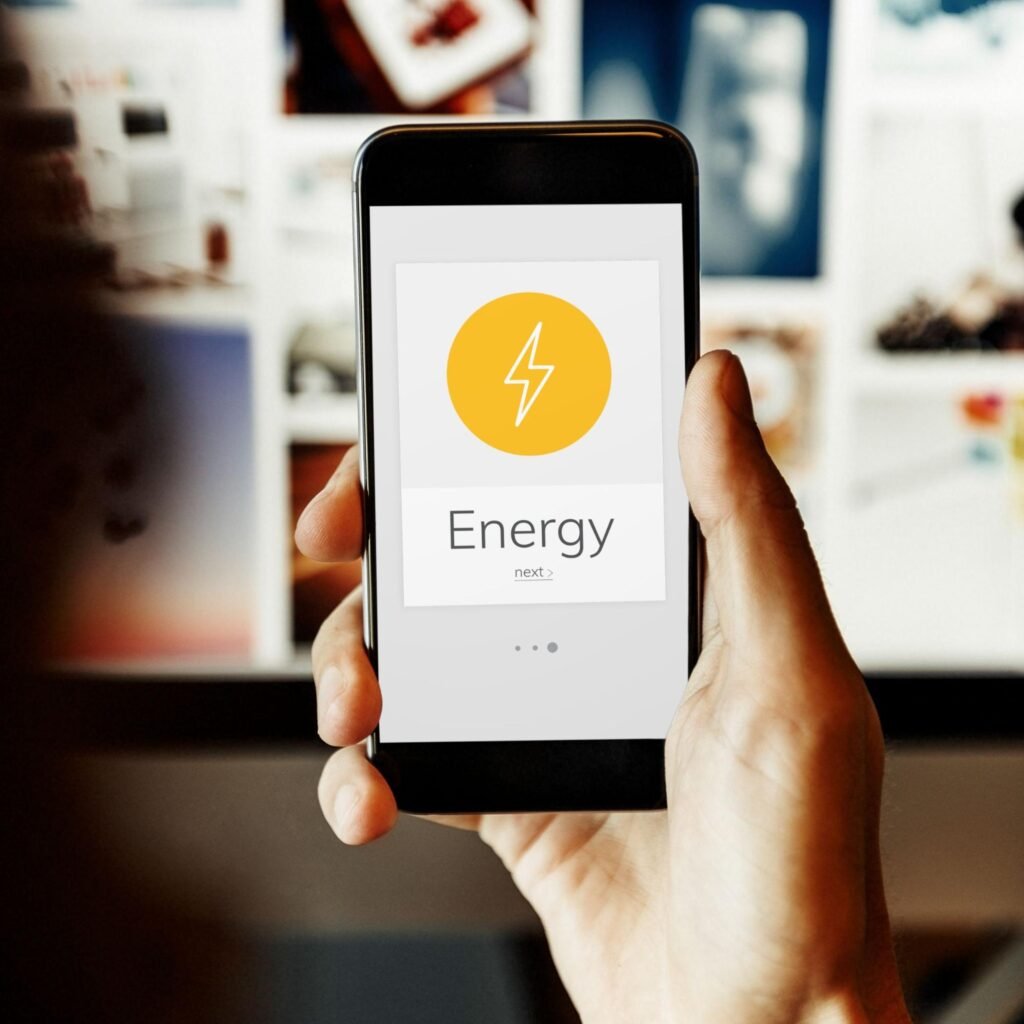Electric vehicles (EVs) are quickly becoming a common sight on our roads, and the technology behind them is evolving just as fast. One of the most exciting advancements on the horizon is wireless EV charging. Imagine a world where you no longer need to fumble with cords or worry about plug compatibility—simply park your car over a pad, and your vehicle starts charging automatically. In this post, we explore how wireless EV charging works, its benefits, the challenges it faces, and what the future might hold—all in simple, descriptive language.
How Wireless Charging Works
Wireless EV charging relies on a technology known as inductive charging. Instead of a physical cable, energy is transferred through an electromagnetic field between two components. Here’s a simple breakdown of the process:
- The Charging Pad: Installed on the ground or embedded in parking spaces, the charging pad contains a coil that generates an alternating electromagnetic field.
- The Receiver in the Car: Your electric vehicle has a receiver coil that captures this electromagnetic energy.
- Energy Conversion: The captured energy is converted into direct current (DC) power, which charges the vehicle’s battery.
This method eliminates the need for cables and plugs, offering a more seamless charging experience. The idea is similar to how electric toothbrushes or smartphones can charge wirelessly—only scaled up for electric cars.
The Benefits of Wireless Charging
Wireless EV charging offers several key advantages over traditional plug-in systems:
- Convenience: With wireless charging, the process becomes as simple as parking your car. No more hunting for the right cable or struggling in bad weather. The system takes care of itself, reducing the effort required from drivers.
- User-Friendly Experience: For people with mobility issues or those who simply want a hassle-free charging routine, wireless charging is an ideal solution. It can transform a mundane task into a smooth and automated process.
- Reduced Wear and Tear: Traditional cables can suffer from wear, tear, and damage over time. Wireless systems, with no physical connectors, reduce maintenance needs and potential repair costs.
- Seamless Integration: Wireless charging pads can be discreetly integrated into public parking lots, residential garages, and even street parking areas. This makes it easier to expand the charging infrastructure without major aesthetic or spatial disruptions.
By offering these benefits, wireless charging could help accelerate the adoption of electric vehicles, making the overall experience more enjoyable and accessible.
Challenges and Limitations
Despite its promising advantages, wireless EV charging is not without its challenges:
- Efficiency Concerns: One of the biggest hurdles is energy transfer efficiency. Wireless charging typically has a lower efficiency compared to plug-in systems. This means that more energy might be wasted during the charging process, potentially leading to longer charging times.
- Higher Costs: The technology and installation of wireless charging pads can be more expensive than traditional charging stations. This higher cost may slow down the initial widespread adoption until economies of scale and technological improvements reduce expenses.
- Precise Alignment Required: For the system to work effectively, the vehicle must be properly aligned with the charging pad. Misalignment can lead to reduced charging efficiency or even failure to charge, which might frustrate users who expect a seamless experience.
- Lack of Standardization: Currently, there is no universal standard for wireless EV charging. Different manufacturers might use different technologies or protocols, which can create compatibility issues and hinder the development of a consistent infrastructure.
These challenges are significant, but researchers and engineers are working hard to overcome them. As technology advances, it is expected that efficiency will improve, costs will drop, and standardization will become a priority.
The Future Potential of Wireless Charging
Looking ahead, the future of wireless EV charging appears bright. With ongoing research and development, several exciting possibilities are on the horizon:
- Increased Efficiency: Advances in materials science and electromagnetic design are likely to boost the efficiency of wireless charging systems. This could mean faster charging times and less energy loss.
- Wider Adoption: As the technology matures and becomes more cost-effective, we can expect to see more wireless charging stations in public places, workplaces, and residential areas. This widespread deployment will make wireless charging a common feature in urban planning.
- Integration with Renewable Energy: Wireless charging systems can be paired with renewable energy sources such as solar or wind power. This integration could lead to greener, more sustainable charging solutions that benefit both EV owners and the environment.
- Smart City Applications: In the future, wireless charging could be integrated with smart city infrastructure. Imagine parking lots and streets equipped with sensors that communicate with vehicles, dynamically managing charging based on traffic, demand, and grid capacity. This would create a more efficient, responsive, and user-friendly urban environment.
Conclusion
Wireless EV charging is set to revolutionize the way we power electric vehicles. By eliminating the need for physical cables and plugs, it promises a future where charging is effortless and seamlessly integrated into our daily lives. The convenience, reduced maintenance, and aesthetic appeal of wireless systems make them an attractive option for both public and private charging infrastructure.
While there are still challenges to address—such as improving energy transfer efficiency, lowering installation costs, ensuring proper alignment, and developing universal standards—the potential benefits far outweigh the hurdles. With ongoing research and technological advancements, wireless charging is poised to become a key player in the future of electric mobility.
As we move toward a greener, more connected world, wireless EV charging could play a crucial role in shaping sustainable transportation. This exciting technology will not only make life easier for EV owners but also contribute to a cleaner environment by enabling a more efficient and integrated energy ecosystem.
Stay tuned for more updates and insights as wireless EV charging technology continues to evolve, bringing us closer to a future where powering our vehicles is as simple as parking them.



